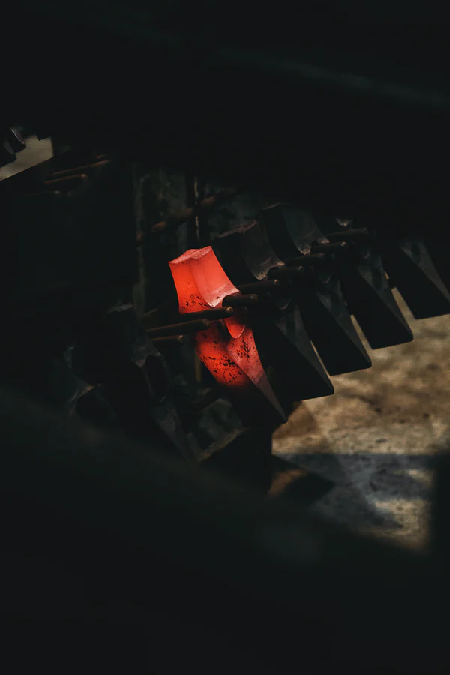What is forging?
The forging process dates back to at least 4000 BC, it is a process that involves the re-shaping of a piece of metal into the design required.
Different types of Forging
There are various types of forging, the most common ones are known as Drop forging, Hand forging, and upset forging, all have a slightly different process but the end result will basically be the same
Upset Forging
This type of forging is achieved by positioning a pre-heated bar so it is held in place, applying pressure to the piece of metal forcing it into a die where it will then reform into the shape of that particular mould.
The benefits of upset forging include greater strength, fewer fractures, no stress areas, and the product will be able to withstand high pressure.
Hand Forging
This type of forging is a skilled job, usually performed by the hand of a craftsman trained in forgings. This process is the main used for bespoke forgings, usually involves heating up the metal and then manually forcing it into the desired shape.
The benefits of hand forging include bespoke shapes, low setup costs, and a superior grain flow.
Drop Forging
This process is usually achieved by two dies holding the heated piece of metal, a heavy press will then be forcefully dropped onto the metal that needs to be reshaped.
Although forging remains a huge part of the industrial processes, technological developments have led to computers getting involved and controlling the hydraulic hammers, this is still being heavily invested in and new processes are being developed all the time to make the whole forging process more economical and improved.
